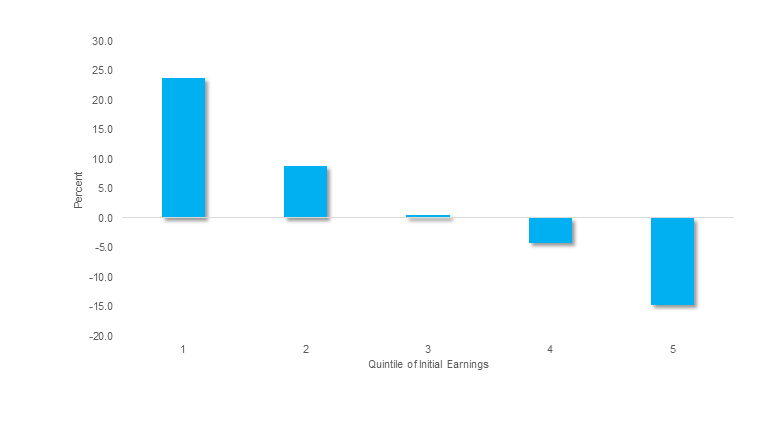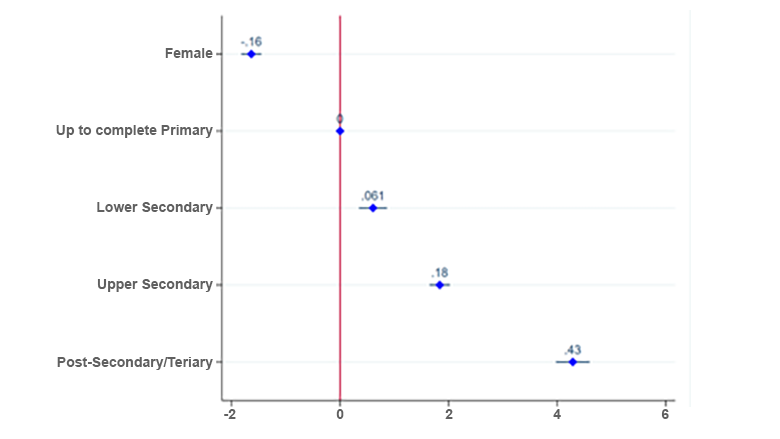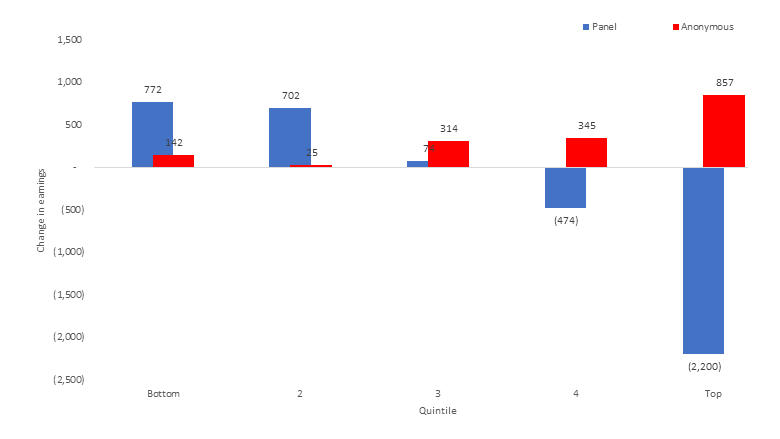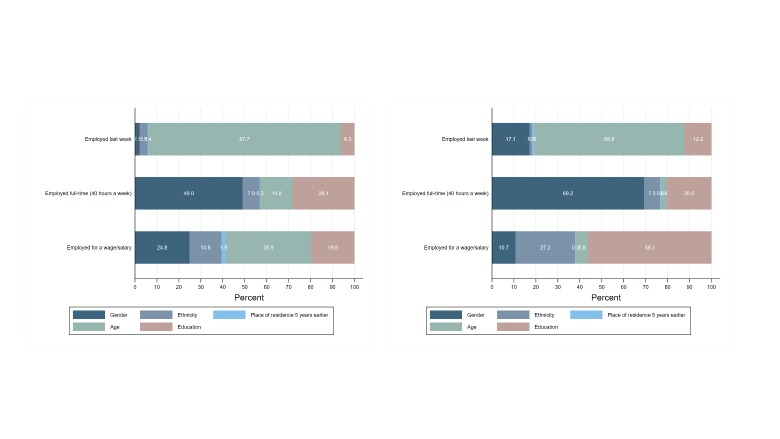PORT LOUIS, April 24, 2019— The increase in income inequality over the past decades in Mauritius was driven by a progressive shift from traditional and low-skill sectors to services. This transformation has generated a considerable rise in the demand for skilled workers that the country is struggling to meet, despite higher education levels among the population. As a consequence, high-skilled workers received considerably larger wage increases compared with low-skilled workers, and people have become trapped in low-paying jobs with little ability to work their way out.
The World Bank’s recent report, Mauritius: Earnings Mobility and Inequality of Opportunity in the Labor Market, takes a closer look the extent and nature of earnings mobility and inequality of opportunity in the Mauritian labor market to better understand whether low-paid workers can catch up in earnings with high-paid workers who have the same characteristics, which individual characteristics foster earnings mobility, and to what extent circumstances at birth affect the ability of an individual to access certain good jobs.
The following four charts outline the report’s key findings and provide recommendations for the way forward.
Low-paid workers in Mauritius are slowly catching up to high-paid workers. Between 2005 and 2015, workers who made the least posted an average growth in earnings of about 24% or about 772 Rupees over a 16-month period. This compares with an average loss of about 15% among workers who made the most, which corresponds to a median reduction in earnings of 2,200 Rupees.
Percentage Changes in Earnings, by Initial Earnings Quintile, 2005–15

Women and low-educated workers are not catching up as quickly. Women generally experience less mobility than men with similar characteristics, as do low-educated workers relative to their well-educated peers. For example, workers with post-secondary or tertiary education see a larger change in earnings over a 16-month period, 43 percentage points, than those who have only completed primary school.
Effect of Being a Woman and of Having Different Educational Attainments on Percentage Change in Earnings, 2005–15

Convergence in earnings’ growth is not enough to offset the increase in inequality. The rise in earnings inequality observed over the last decade suggests that earnings at the bottom of the distribution have grown less than earnings at the top (red bars). At the same time, tracking workers over a period of 16 months shows that workers initially at the bottom of the distribution have experienced a larger increase in earnings than those initially at the top (blue bars). This may seem counterintuitive. The key to understanding the difference between these two findings is that workers at different points of the earnings distribution change over time, as they move along the distribution. Workers initially at the bottom are not the same workers that are found at the bottom 16 months later because they have moved slightly upward. The opposite is observed in the case of workers initially at the top. Therefore, inequality, which measures the gap between earnings at the bottom and at the top, might be widening, while individuals who start at the bottom are seeing more upward movement than those who start at the top.
Median Changes in Earnings by Quintile: Anonymous and Panel Workers, 2005–15

Women and youth continue to have less access to jobs. Between 2000 and 2011, equality in access to labor market opportunities overall improved, largely due to an increase in education across the population. However, these opportunities are not equally distributed, and gender, education and age explain the largest share of that inequality. Women are less likely to access employment in general, especially full-time employment. In 2016, the participation rate for men was as high as 89%, whereas women were only at 56%. Education plays an important role in explaining access to good quality employment, and youth in Mauritius experience a higher-than-average unemployment rate. Two things drive high youth unemployment in Mauritius: one, reluctance among low skilled youth to take up jobs in certain sectors, particularly agriculture and export-oriented enterprises, because of the working conditions and the social status associated with being employed in these sectors; and two, difficulties faced by employers in finding people with proficiency in technical skills, suggesting that the Mauritian education system does not meet labor market demands and/or youth are less likely to select those curricula even if available.
Contributors to Inequality in Access to Labor Market Opportunities, 2000 and 2011

Going forward, Mauritius has the opportunity to strengthen policies targeted at developing skills in line with the changing economic landscape. This can further enhance mobility in earnings and help offset inequality. Workers with skills that are most demanded in the labor market not only start off with higher earnings, but they also experience faster earnings growth. As a first step, a comprehensive assessment of the current and future skills that firms need can help inform education curricula, and training programs can help those who are already working adapt to the new demands of the labor market.
The country should also continue with more women-friendly social policies that foster women’s participation into the labor market and reduce the gender wage gap. Affordable childcare and eldercare as well as working-time regulations that promote flexibility can help in this regard. Awareness campaigns can help to shift norms on the employment of women in high-paying positions. Investing in career promotion and leadership development programs for women could also help them prepare for private sector jobs.
To tackle high youth unemployment, Mauritius can focus in two areas. One, improving the connection between education and training systems and the labor market so that people can learn the skills required for today’s and tomorrow’s jobs. Two, consolidating fragmented employment programs and linking them more closely with education policies and employer demand in order to create a comprehensive approach including on-the-job training, short classroom training, life-skills training, labor market intermediation services, and career guidance.
